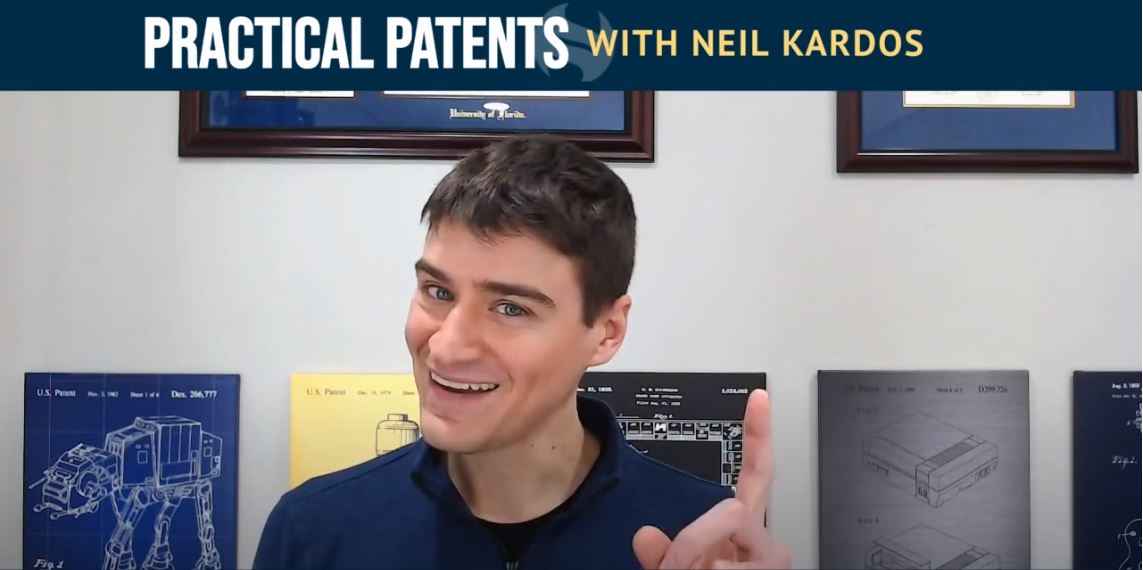Mastering the Art of List Management in Patent Applications
Neil Kardos covers “Mastering the Art of List Management in Patent Applications”, in this Practical Patents short blog.
Today, we’re diving into the practical patents segment with an essential tip on handling lists in patent applications, particularly in the specification section. In our pursuit to create precise, clear, and efficient patent applications, even the way we handle lists can make a significant difference.
Providing lists of items in patent applications has been a long-standing practice to explain terminology or enumerate examples. For instance, “the sensor data may indicate temperature, pressure, speed, etc.”
Notice the use of the term “etc.”, which is quite prevalent in patent drafting. However, this approach could be improved upon. To illustrate this, let’s understand the intention behind using a list in the specification. There are two key points that we aim to convey:
- The items in the list serve as examples.
- The items in the list can be applied individually or in a combined manner.
“Et cetera,” or its commonly used cousin, “and so forth,” attempt to encompass both these aspects. However, in reality, they fall short. While they do indicate that the list consists of examples, they don’t explicitly mention that the items can be used individually or in combination.
“Et cetera” translates to “and the rest,” and the usage of “and” in the list might suggest that all items are necessary, which is not our intention. So how do we refine our list handling in patent applications?
To address the first point, it’s crucial to explicitly state that the list consists of examples. You could use phrases like “for example,” “in some implementations,” or “such as.”
For the second point, we want to clarify that the items in the list can be applied individually, in groups, or in entirety. My preferred term for this is “and/or,” as it directly represents the concept we’re trying to express. So our initial example transforms into, “For example, the sensor data may indicate temperature, pressure, and/or speed.”
Now, I’m aware that the usage of “and/or” in patent applications might ruffle some feathers in the patent practitioner community. For those who shudder at its mention, there’s an alternative phrase you could use: “or some combination thereof.”
In conclusion, the way we present lists in patent applications holds more weight than we might initially think. Implementing these strategies can significantly enhance the clarity, precision, and overall efficiency of your patent applications.
Thanks for reading. I hope you find these insights helpful on your patent journey!
Want more tips? Check out other Practical Patents videos with Neil Kardos here!

